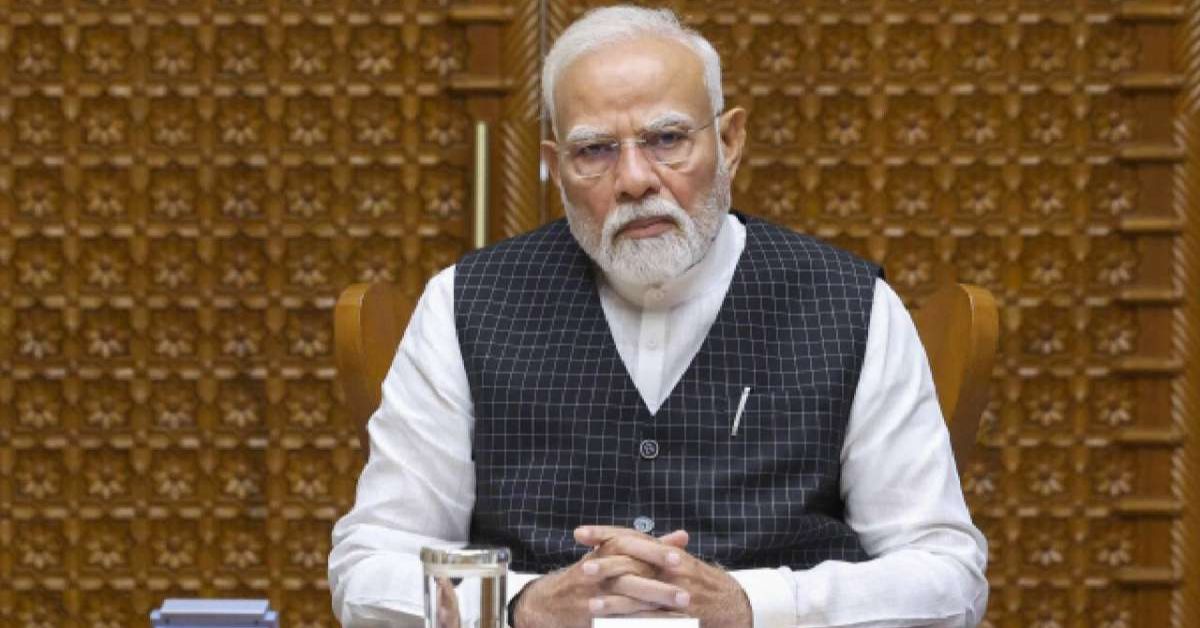Prime Minister Narendra Modi drew attention to a visionary article by Union Minister Sarbananda Sonowal, which outlines India’s ambitious plan to revitalise its maritime and inland waterways sectors — a cornerstone of the nation’s economic growth and connectivity strategy.
Sharing the piece on X (formerly Twitter), PM Modi wrote that Sonowal’s article “explains how a growing and resilient industrial base, powered by Make in India, and the modernisation, mechanisation, and digitalisation of ports along the busy east–west trade corridor are giving India a distinct global edge.” The Prime Minister emphasised that the government’s $8 billion maritime development package is “not a routine budget line, but a signal of ambition.”
In his article, Sonowal celebrated how the Modi government is reimagining India’s rivers as engines of progress, transforming them into critical arteries for trade, tourism, and regional development. “India’s waterways are being rediscovered, reimagined, and rejuvenated under the leadership of Prime Minister Narendra Modi,” he wrote, noting that this revival forms an integral part of the broader vision of Viksit Bharat — a developed, self-reliant India.
The government’s inland waterways initiative aims to create a sustainable, cost-effective, and efficient transport network, easing pressure on roads and railways while cutting emissions. The enhanced connectivity is also expected to spur tourism, manufacturing, and infrastructure growth in riverine regions.
Complementing this vision, the government has unveiled an $8 billion maritime package to rebuild India’s shipbuilding and port ecosystem. Sonowal described it as a transformative push that will “reimagine, revive, and rejuvenate” India’s maritime strength, paving the way for global competitiveness in shipping and logistics.
The package is designed to create nearly three million direct and indirect jobs and attract investments worth ₹4.5 lakh crore. It targets a fourfold expansion of India’s port capacity to over 10,000 million metric tonnes per annum (MMTPA) through initiatives like the Vadhavan Port project and the ‘One Nation, One Port’ policy for operational efficiency.
Key measures include ramping up domestic shipbuilding capacity to 4.5 million Gross Tonnage (GT) annually and setting up a ₹25,000 crore Maritime Development Fund to provide long-term financing. The plan also prioritises green and sustainable shipping, with projects for green hydrogen hubs and the deployment of eco-friendly tugs at major ports.
By endorsing Sonowal’s vision, PM Modi reaffirmed his government’s commitment to positioning India as a maritime powerhouse, capable of leading in sustainable trade and logistics. As India steers toward a Viksit Bharat, the rejuvenation of its waterways and maritime infrastructure stands poised to become a defining engine of prosperity, connectivity, and national pride.









